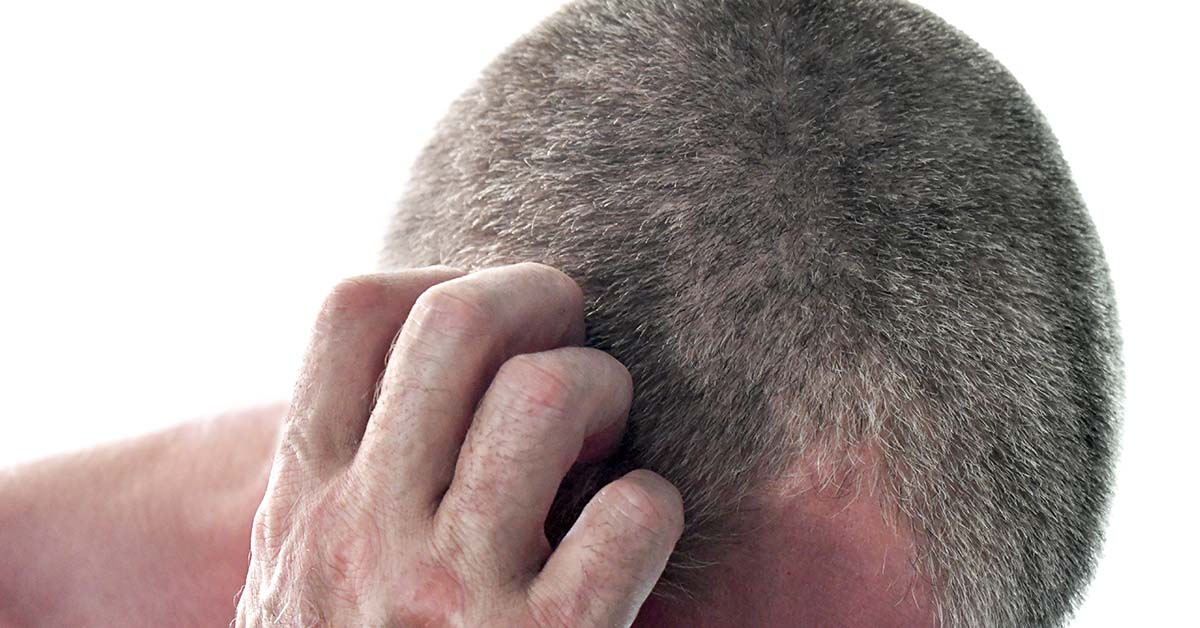You are shampooing your hair, and while you are lathering your locks, you come across a bump on your scalp. You might be filled with dread or panic, but skin conditions are more common than you think. While scalp bumps may be a symptom of several different health conditions, they usually do not raise cause for concern. Scalp bumps are small lumps or raised areas that develop on the skin beneath your hair.
Many people experience scalp bumps at some point. They often result from clogged pores, infections, or allergies. Most scalp bumps are harmless and resolve on their own or with simple treatment. Only rarely do they ever signal a serious condition. We have put together 9 possible causes for scalp bumps, and methods you can use to treat them. However, if you notice persistent, painful, or rapidly changing bumps, go see a healthcare professional.
1. Scalp Acne
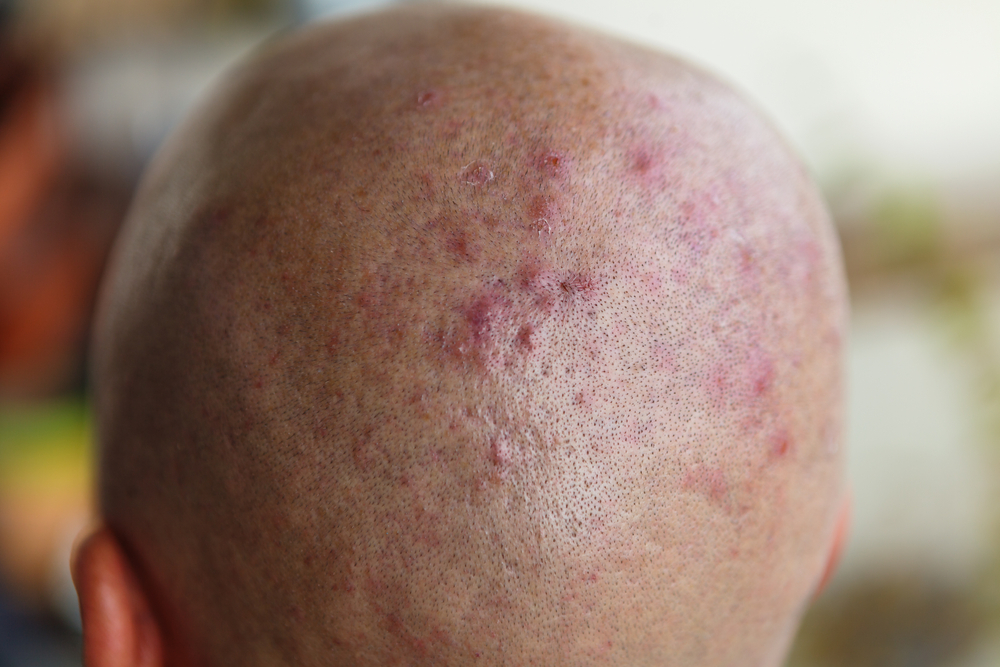
Scalp acne forms when hair follicles or pores clog with oil, dead skin cells, or bacteria. Symptoms include red, tender, or pus-filled bumps. Scalp acne may itch or feel sore. Some people confuse scalp acne with dandruff or folliculitis. Acne bumps often have a white or yellow center. They may cluster around the hairline or crown. Scalp acne can flare up due to stress or hormonal changes. Teens and young adults often experience it more than older adults.
Treatment
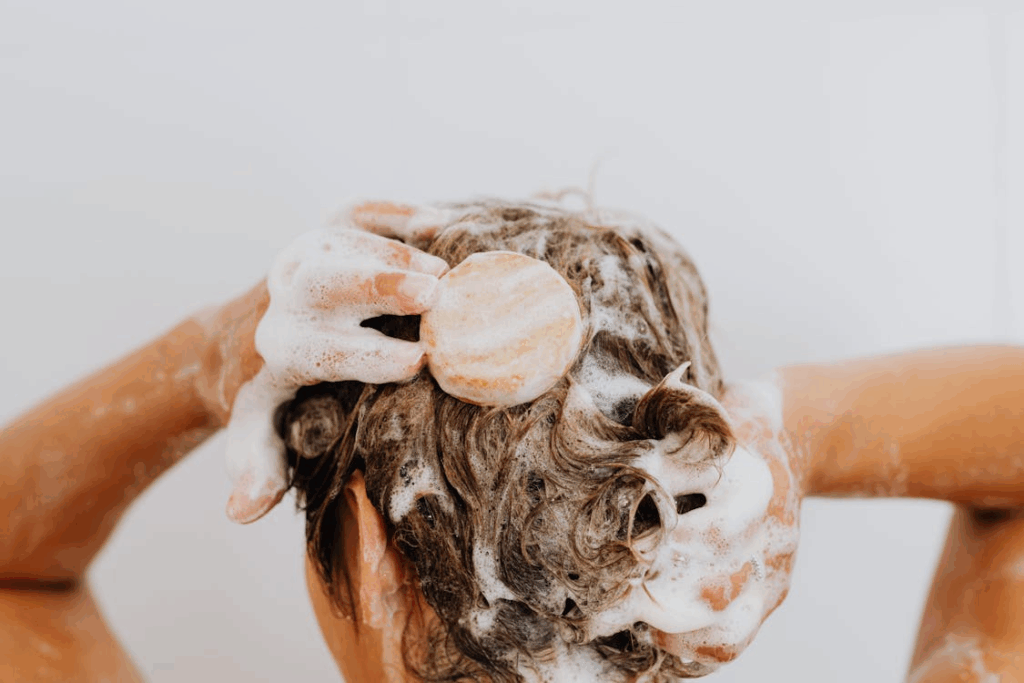
Treatment often involves switching to oil-free, non-comedogenic shampoos and washing hair regularly. Avoid heavy styling products as these can clog pores. Over-the-counter acne shampoos are usually sufficient to treat scalp acne. If symptoms worsen, a doctor may prescribe stronger medications to deal with them. Most cases clear up with these changes. Keeping hair clean and avoiding tight hats helps. Do not pick or pop scalp acne, as this can cause infection. If there is no change whatsoever, then consult a dermatologist for further options.
2. Folliculitis
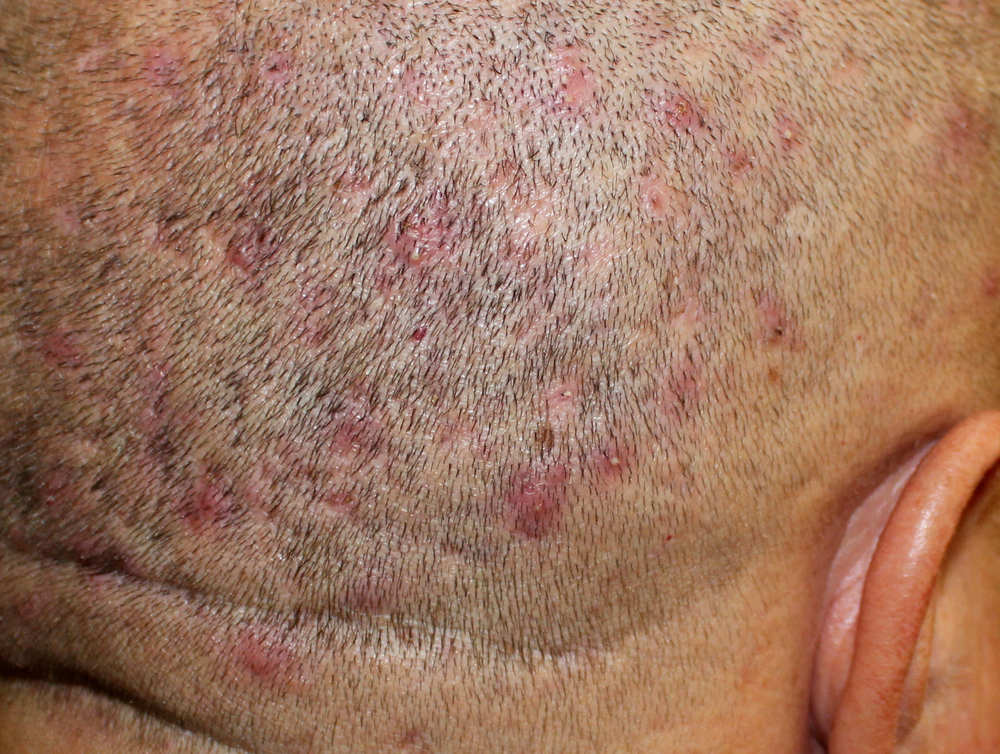
Folliculitis is an infection of the hair follicle, often caused by bacteria or fungi. It occurs when hair follicles are damaged and get infected by bacteria or fungi. It appears as small, red, or white-headed bumps that look similar to acne pustules. These bumps may itch, burn, or feel tender. In more severe cases of folliculitis, larger, pus-filled bumps can appear. Avoid scratching as this may spread the infection.
Treatment

Mild cases often resolve with gentle washing and good hygiene. Use warm compresses to soothe the area or use antibacterial shampoo. Avoiding tight hairstyles and hot tubs helps prevent folliculitis. Keeping the scalp dry and clean is important, as moist, damp areas are where bacteria and fungi thrive.
Avoid sharing personal items like towels or razors. This reduces the risk of spreading infection. If folliculitis does not improve, you experience additional symptoms or have a fever, consult with your doctor. Persistent folliculitis cases may need stronger treatment and professional management.
3. Seborrheic Dermatitis
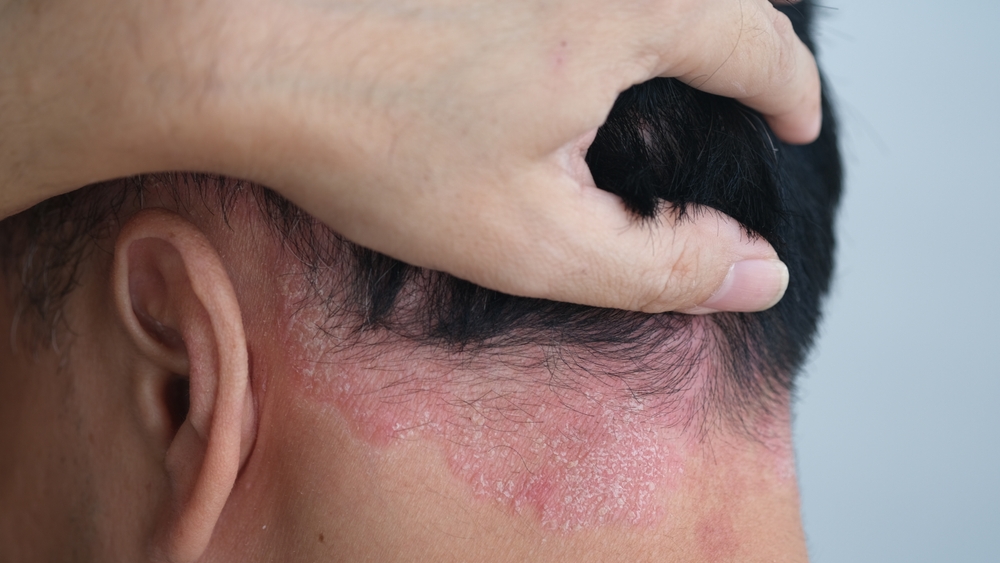
Seborrheic dermatitis is a form of eczema that can cause flaky, scaly patches and dandruff on the scalp. It is a common skin condition often linked to yeast overgrowth. Symptoms include flaking, redness, and discomfort. The condition may flare up due to stress or weather changes. Doctors call it “cradle cap” when infants develop this condition.
The exact cause of seborrheic dermatitis is still unknown. However, doctors speculate that two main factors contribute to its development. One factor is yeast overgrowth, the other is an overproduction of oil in the skin.
Malassezia, a type of yeast naturally occurring in our skin oils, may overproduce and cause inflammation in the skin. This triggers excessive oil production leading to seborrheic dermatitis. Scratching can worsen irritation and lead to infection. Fortunately, seborrheic dermatitis is not contagious.
Read More: 11 Reasons Why You Have Red Dots On Your Skin
Treatment
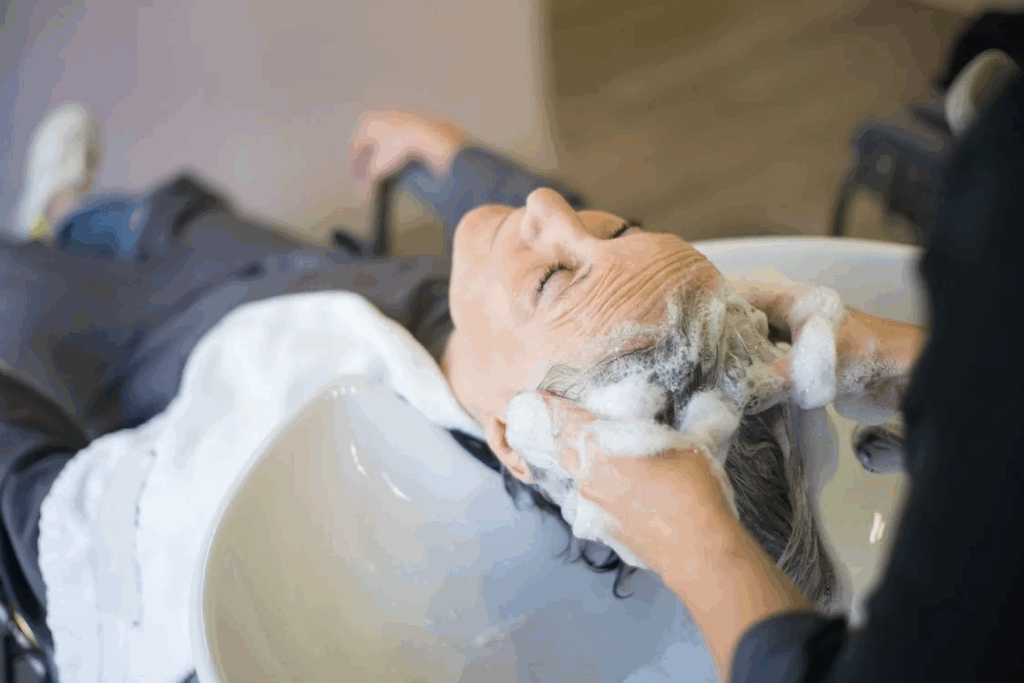
Home remedies for treating seborrheic dermatitis will likely be recommended by the doctor before considering any medical treatments. These remedies include frequently using dandruff shampoos, OTC antifungal and anti-itch creams, hypoallergenic soaps and thoroughly rinsing off soaps and shampoo from the skin with water.
In more severe cases, treatment involves prescription-strength medicated shampoos containing antifungal or corticosteroid ingredients. Avoid harsh chemicals and excessive heat styling. Seborrheic dermatitis may come and go over time. Keeping the scalp moisturized can also help. If shampoos do not help, see a dermatologist. They may recommend stronger treatments.
4. Head Lice
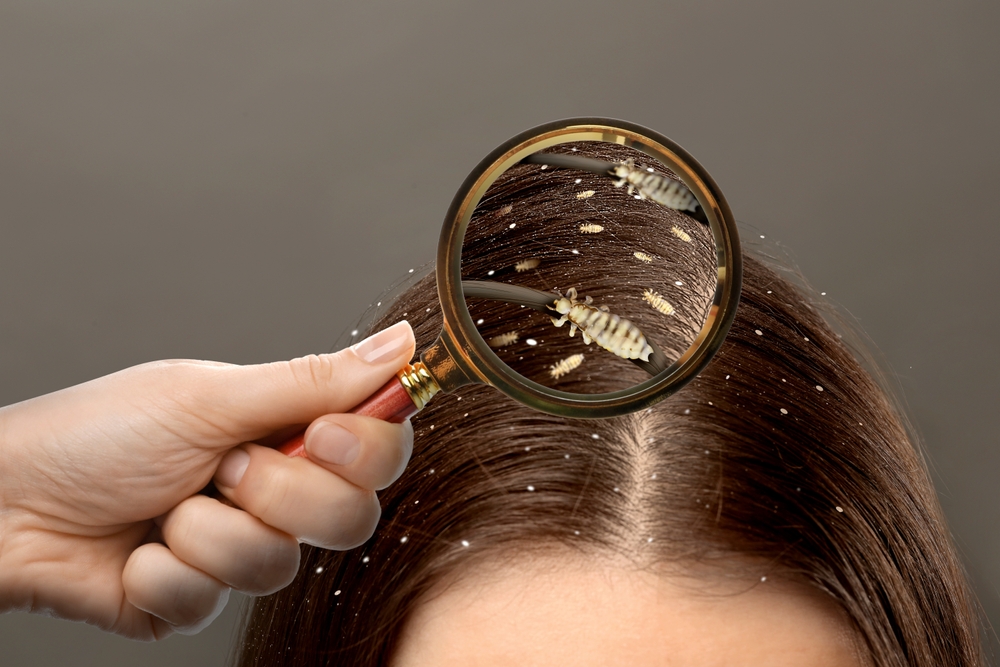
Head lice are tiny insects that infest the scalp, causing intense itching and small red bumps. They are commonly found among younger children’s hair. However, lice spread quickly. They can infest a household once the child brings it home. Lice are wingless, blood-feeding insects that live in hair. They also lay eggs called nits, which are no larger than a flake of dandruff. Quick treatment is essential for preventing further breakouts and infestation.
Treatment
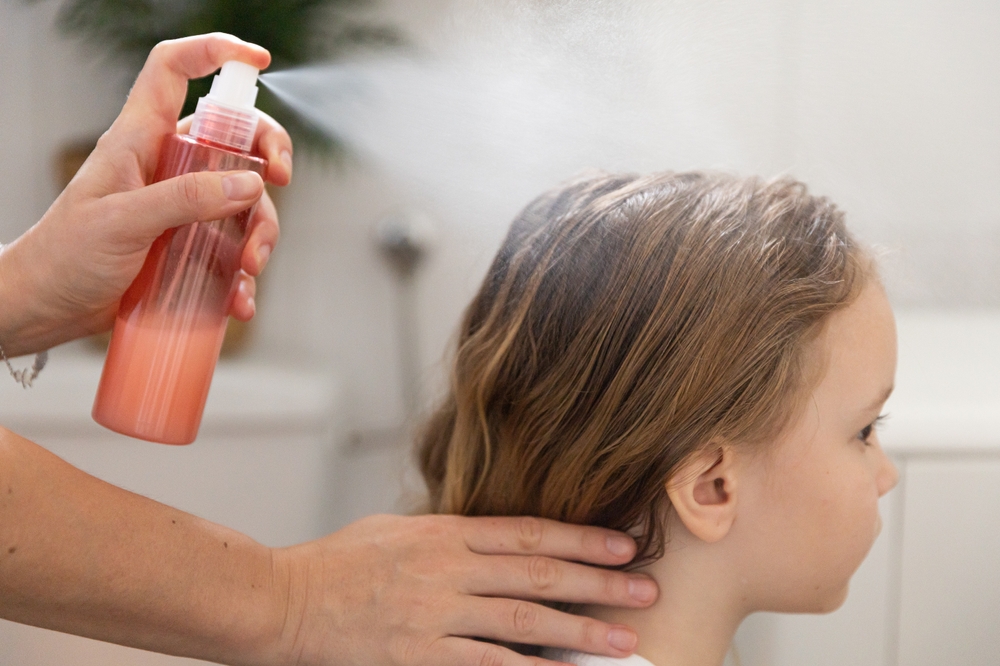
Treatment requires special shampoos with insecticide ingredients. This is followed through with combing the hair with a fine-toothed comb to find and remove lice and eggs. Wash all fabric surfaces in hot water, at 130°F (54°C) or above to prevent reinfestation. Repeat treatments may be necessary.
5. Allergic Reactions (Contact Dermatitis and Hives)
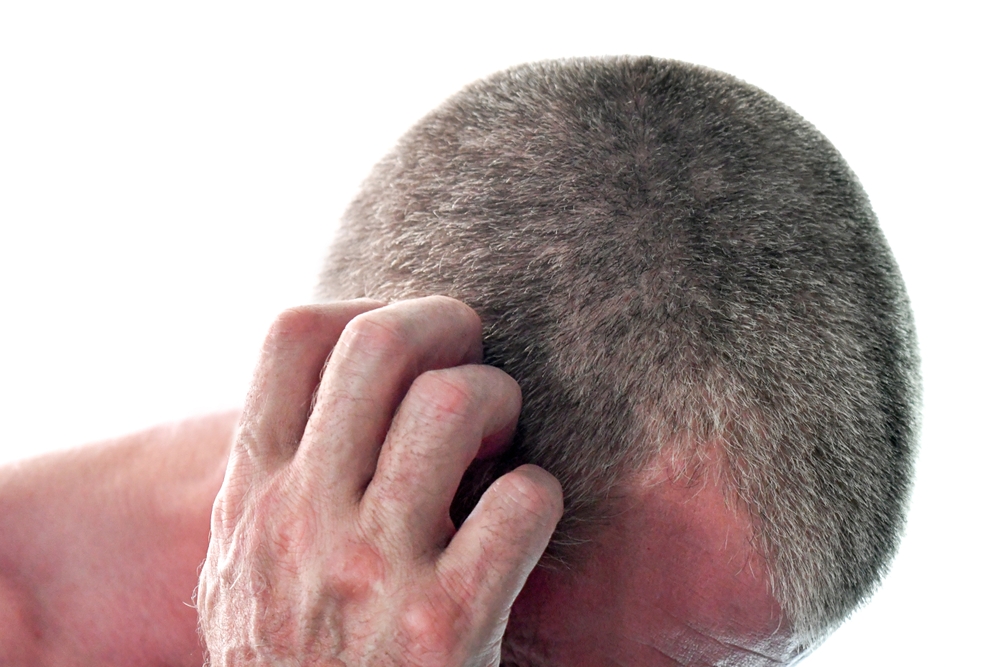
Allergic reactions to hair products or other irritants in the environment can cause scalp bumps, redness, and itching. Hives appear as raised, itchy bumps. They may peel, itch, and feel scaly and dry. They typically appear quickly and last a brief time. Contact dermatitis may result in oozing or crusting and can last longer than hives.
Read More: 11 Things Your Tongue is Telling You About Your Health
Treatment
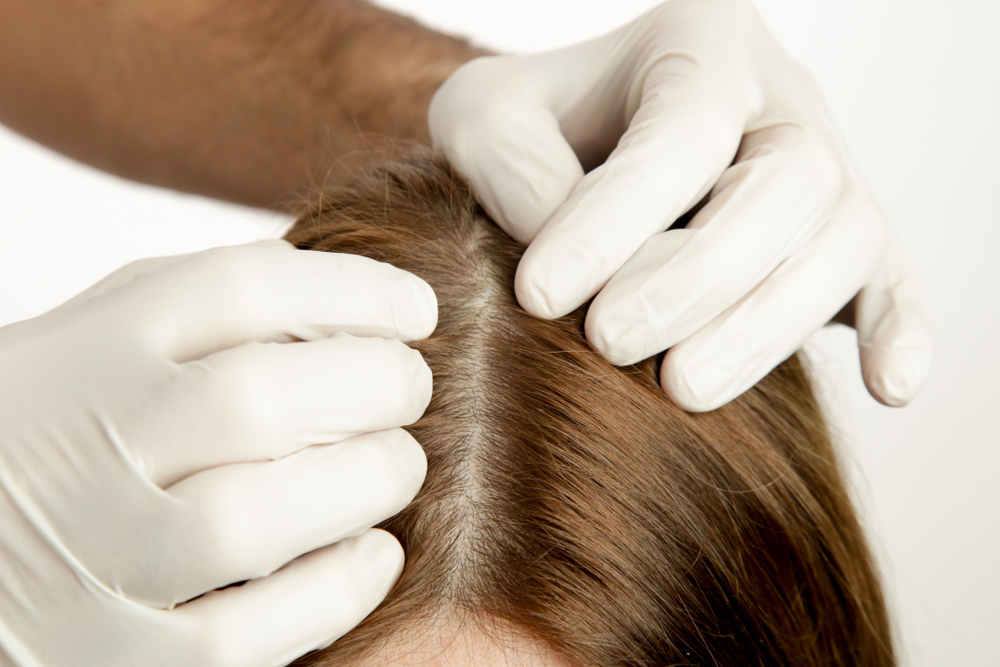
Antihistamines help relieve itching from hives. Corticosteroid creams may be needed for severe reactions. If symptoms persist, see a doctor. They can identify the trigger and recommend treatment. Some people react to fragrances, sulfates, or preservatives negatively, which can lead to contact dermatitis.
Patch or spot testing helps identify specific allergies. Changing to hypoallergenic products, like soaps without perfume, can prevent future reactions. Always read product labels carefully. Most allergic reactions improve once the irritant is removed. If the reaction persists, medical attention may be required.
6. Pilar Cysts
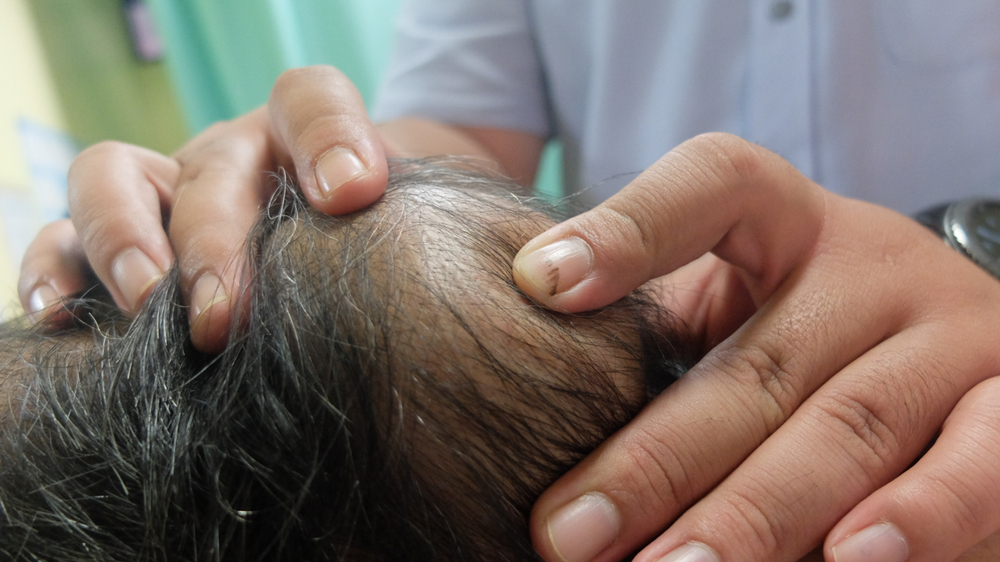
Pilar cysts are slow-growing, dome-shaped scalp bumps caused by keratin buildup in the lining of your hair follicles. They are flesh-colored bumps that develop underneath the scalp. They do not contain pus and are usually painless and firm to the touch. These cysts are harmless but may be removed for cosmetic reasons.
Treatment
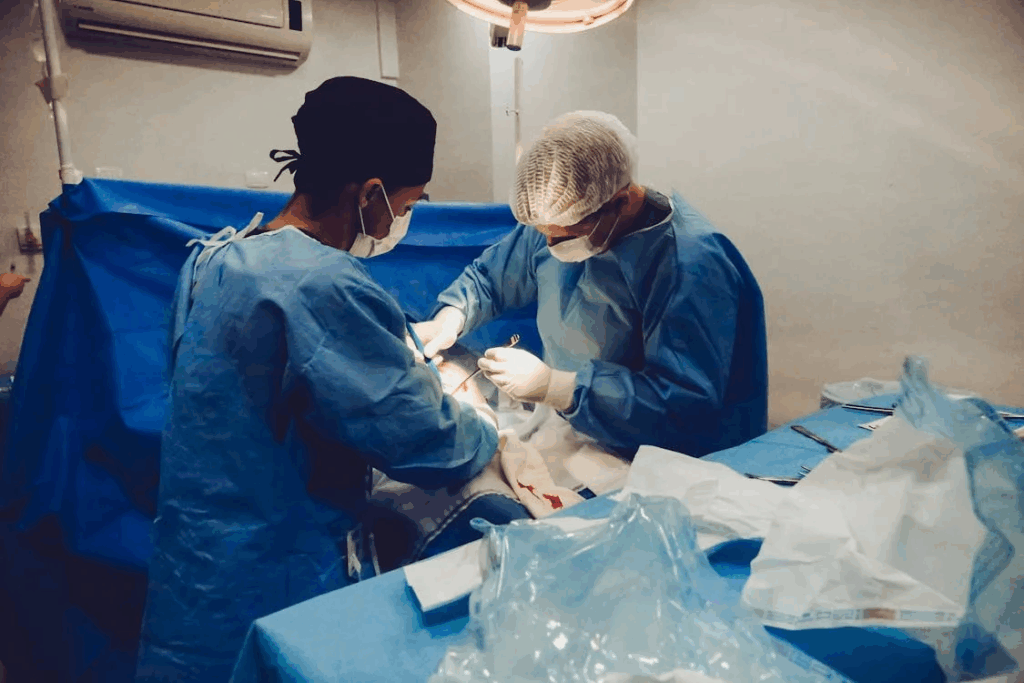
Pilar cysts do not typically require treatment. However, surgical removal is an option for those who experience discomfort or for cosmetic reasons. In the procedure, doctors will remove the cyst and epithelial lining from the follicle. Removing the epithelial lining prevents the cyst from overproducing keratin, leading to recurring scalp bumps.
Read More: 11 Reasons For Raised Bumps On Your Skin
7. Scalp Psoriasis
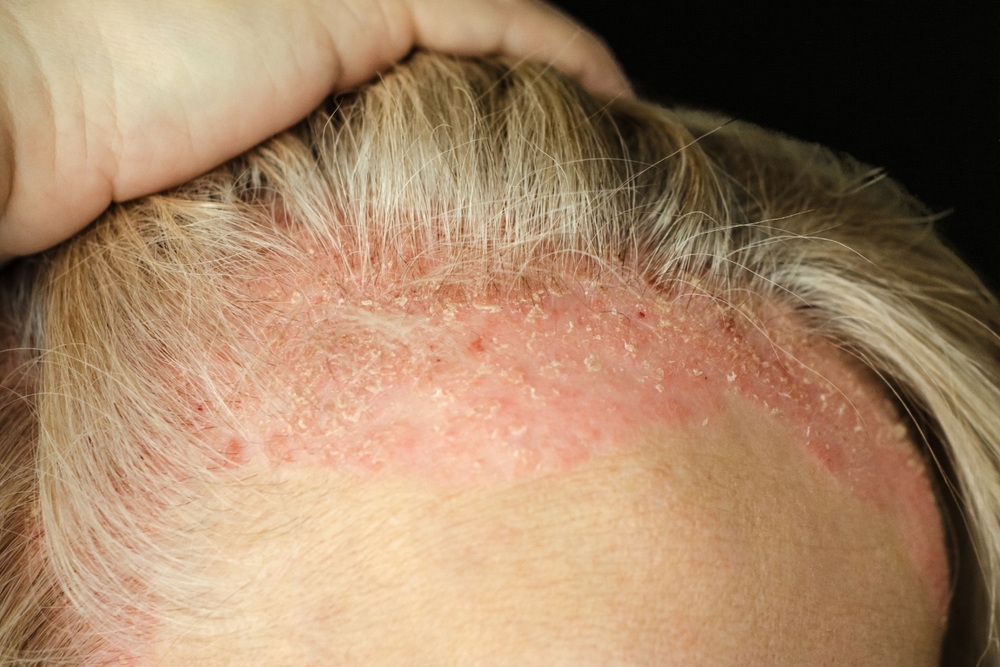
Scalp psoriasis is a chronic skin condition that causes thick, scaly patches with small, bumpy areas. These patches are often itchy and may flake. Scalp psoriasis may be triggered by the immune system becoming overactive, genetics or environmental factors. Scalp psoriasis may flare up whether or not you have psoriasis anywhere else on your body. Some people experience hair loss with severe psoriasis. It is considered an auto-immune disease.
Treatment
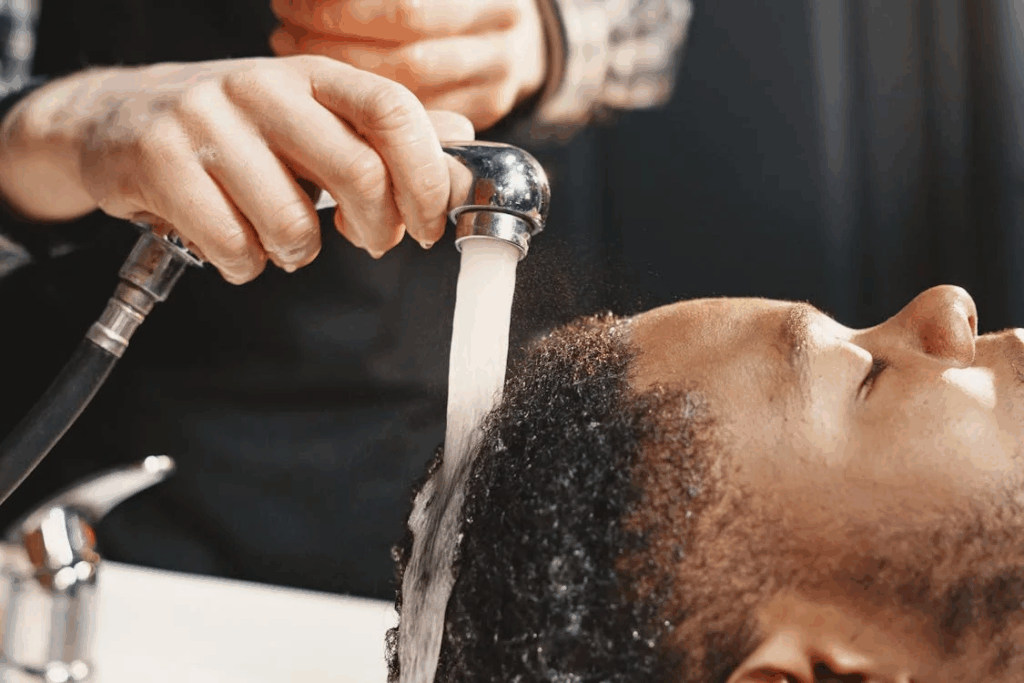
Scalp psoriasis treatments depend on the severity of symptoms, the medications you are taking and underlying conditions you have. Treatment plans are tailored by your doctor. They are meant to provide symptomatic relief, avoid hair loss, and prevent complications. Avoiding triggers like stress and harsh shampoos helps. Home remedies like soaking your skin in warm water or applying aloe vera gel may help soften and remove psoriasis plaques.
Medical treatments that can help treat psoriasis include topical, oral and injection medications. Topical solutions like psoriasis shampoos are available OTC or by prescription, Oral medications such as cyclosporine and methotrexate help relieve symptoms by reducing inflammation and cell growth. Regular treatment keeps flare-ups under control. Gentle scalp care is important. If over-the-counter treatments fail, see a dermatologist.
8. Trauma or Injury
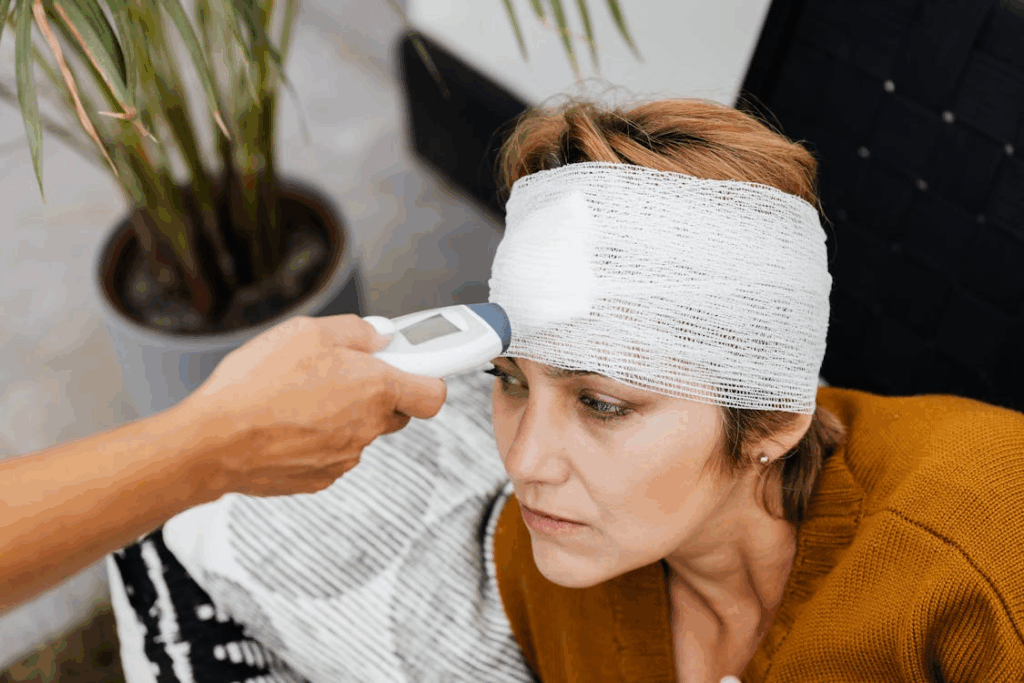
Direct trauma to the head can cause scalp bumps such as lumps, hematomas, or swelling. These are the body’s responses to injury. Depending on the severity of the impact, most resolve within days. However, if severe pain, bleeding, or signs of concussion are observed, urgent care should be sought after. Imaging tests may be required for serious injuries.
Read More: The Common Habits That Can Cause Bumps Under The Arms & What to Do
Treatment
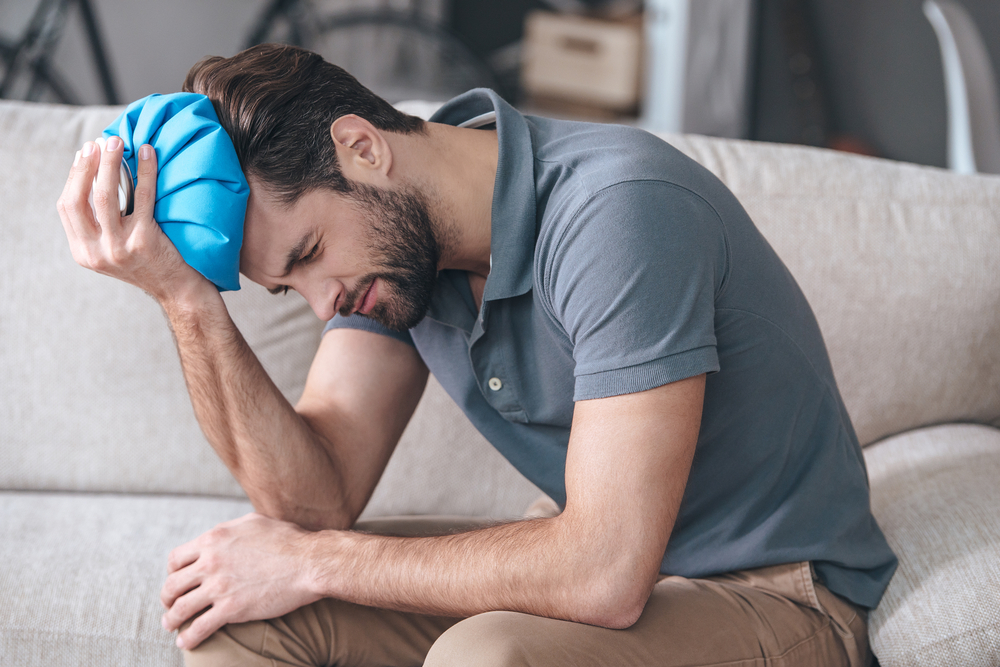
Avoid picking at scabs or bumps from injury to avoid infection. Applying a cold compress to the scalp injury can help reduce swelling. If a bump is painful or grows rapidly, seek medical attention.Most trauma-related bumps heal without complications.
9. Skin Cancer
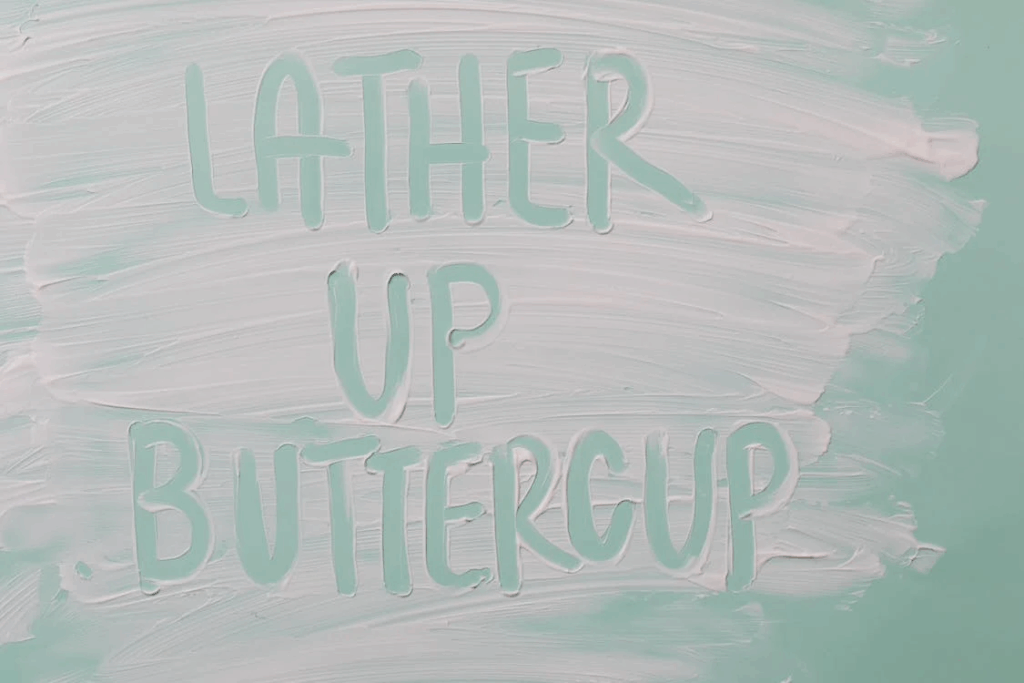
Scalp bumps can sometimes be a sign of skin cancer. The most common types include basal cell carcinoma (BCC), squamous cell carcinoma (SCC), melanoma, and Merkel cell carcinoma (MCC). BCC often looks like a shiny, pearly bump or a crusty sore that does not heal, and it’s easy to mistake it for a pimple. SCC appears as rough, scaly patches or raised growths that might bleed or have a dip in the center.
Melanoma, though less common, shows up as dark, unevenly shaped moles that change quickly in size, color, or texture. MCC is rare but aggressive, forming hard, red or purple lumps that grow fast and do not cause any pain. Unlike harmless bumps, cancerous ones keep changing and do not remain the same. If you notice suspicious scalp bumps, see a dermatologist immediately.
Treatment
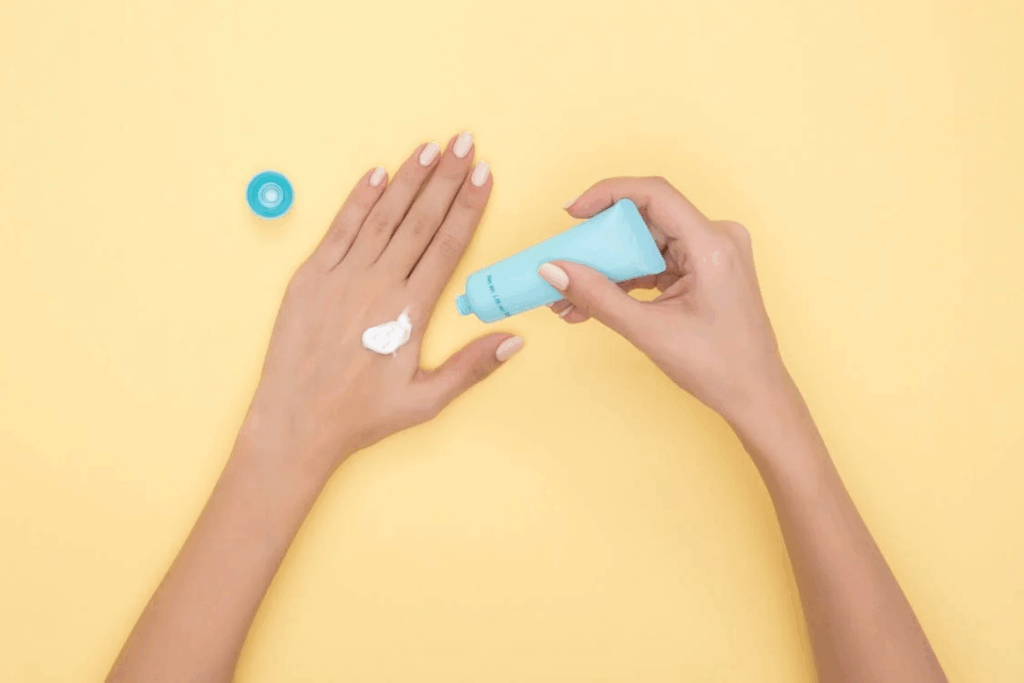
Treatment often starts with surgery. For BCC or SCC, doctors might cut out the cancer, freeze it off, or scrape it away. Melanoma usually requires surgery followed by medications that boost your immune system or target specific cancer cells. MCC is treated with surgery plus radiation to reduce the risk of recurrence. If surgery is not an option, non-surgical treatments like special creams or radiation therapy can help. Check your scalp regularly for changes and act fast if something looks or feels unusual.
Conclusion
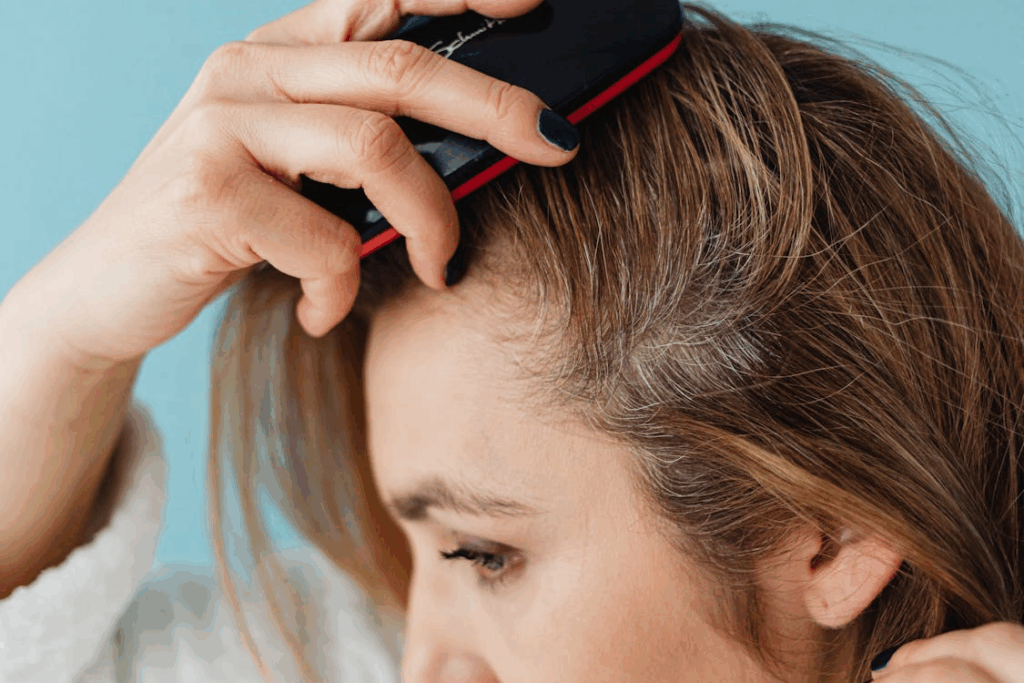
Most scalp bumps are harmless and resolve with simple care. Common causes include acne, infections, allergies, cysts, and trauma. Persistent, painful, or changing bumps may need medical intervention. Regular scalp checks and gentle care help prevent many problems, but if you are unsure about a bump, consult a healthcare professional. Early diagnosis and treatment ensure the best results.
Disclaimer: This information is not intended to be a substitute for professional medical advice, diagnosis or treatment and is for information only. Always seek the advice of your physician or another qualified health provider with any questions about your medical condition and/or current medication. Do not disregard professional medical advice or delay seeking advice or treatment because of something you have read here.
Read More: What Are Those White Bumps That Can Appear On Your Private Parts and What Causes Them?
